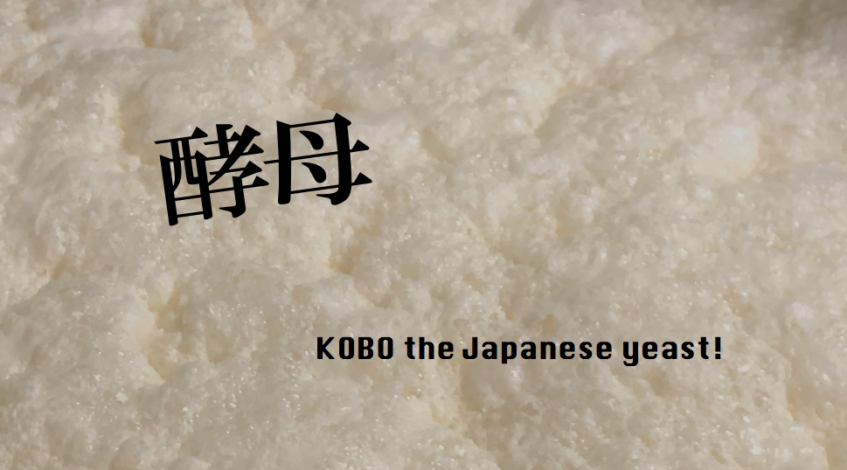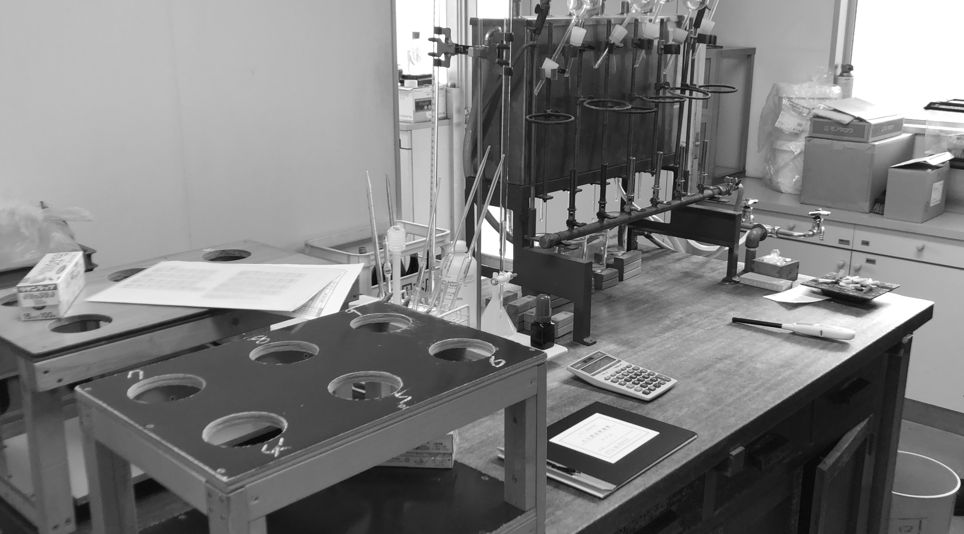
Sake
KOBO the Japanese yeast! Japanese Sake and brewing process
As you know Japanese Sake is a fermented alcohol beverage originated in Japanese culture.
To ferment the rice, which is a main ingredient of Japanese Sake, firstly, it need to convert starch into sugar with Koji.
Secondly, it needs to convert sugar into alcohol. At this stage, we need Kobo酵母 (yeast) to convert. With different kinds of Kobo, there will be a different in tastes and flavor when it becomes Japanese Sake.
Contents
History

In today’s world, most of the breweries are using Kobo distributed from Brewing Society of Japan(日本醸造協会). I think, if you have ever drink Japanese Sake, you have seen Kyokai Kobo(協会酵母) at the back label: such as Kyokai 6 Gou(famous for Aramasa Brewery). Please check the back label if you have not seen them. This Kyokai means Brewery Society of Japan, and breweries are using Kobo developed by the Brewing Society of Japan.
Traditionally, all the breweries were using the Kobo which is living in their breweries, so-called “Kuratsuki Kobo”蔵付き酵母(House yeast), but the quality of Kobo was not stable and there were many breweries, which could not brew well. In order to provide the Kobo with stable quality, Japanese Government established today’s National Research Institute of Brewing and research about the Kobo.
In 1906, they could extract and found Kobo from Sakuramasamune Brewery 櫻正宗酒造 in Nada, Hyogo and this is Kyokai 1 gou Kobo. after that second one from Gekkeikan 月桂冠 in Fushimi Kyoto, and third one from Suishi 酔心 in Hiroshima was found in 1914 and they succeeded to extract, find and develop varieties of Kobo.
Representative Kyokai Kobo 協会酵母
Today, Brewing Society of Japan is distributing limited varieties of Kobo and their features are shown as below;
- Kyokai 6 Gou Kobo
Found in Aramasa brewery 新政酒造 in Akita. So-called “Aramasa Kobo 新政酵母”. Strong power of fermentation, but moderate flavor and acidity.
- Kyokai 7 Gou Kobo
Found in Miayasaka Jozo 宮坂醸造 in Nagano. So-called “Masumi Kobo 真澄酵母”. Strong power of fermentation. Elegant flavor and widely used from Futsushu to Ginjo.
- Kyokai 9 Gou Kobo
Found in Kumamoto Shuzokenkyusho熊本酒造研究所 in Kumamot0. So-called “Kumamoto Kobo 熊本酵母”. Elegant flavor, moderate acidity. Mostly for ginjo sake.
- Kyokai 10 Gou Kobo
Found in breweries in Tohoku area. Soo-called “Ogawa Kobo 小川酵母”.The least level of acidity and high ginjo aroma.
- Kyokai 11 Gou Kobo
Based on Masumi Kobo No.7. ideal for long term brewing due to strong resistivity to alcohol. Less amino acid, but more malic acid.
- Kyokai 14 Gou Kobo
So-called, “Kanazawa Kobo 金沢酵母”. Strong power of fermentation. Less acid, but more ginjo aroma like muscat. Ideal for light dry sake.
- Kyokai 1501 Gou Kobo
It is the Kobo found in Akita called “AK-1”. ideal for long term fermentation at low temperature. More ginjo aroma.
- Kyokai 1601 Gou Kobo
Less acidity. Ideal for Junmai or Ginjo sake.
- Kyokai 1701 Gou Kobo
Strong power of fermentation. Strong flavor. Similar level of acidity to No.7. Ideal for Junmai, Ginjo and low alcohol sake.
- Kyokai 1801 Gou Kobo
Strong power of fermentation. Less acidity, but elegant flavor. It is used for contest Sake so called “Star Kobo”.
Local Kobo
In addition to the Kyokai Kobo, there are local Kobo as well. For example, Akita Kobo AK-1 is now known as Kyokai 1501 Gou Kobo, but there are AK-2 or AK-3 which are only available in Akita.
Large breweries, such as Hakutsuru, have their own laboratory and they also produce their own Kobo, and use for their products and distribute to the other breweries as well.
Hope you understand well about Kobo.
Thank you for your time to read!








